- August 12, 2015
- Posted by: Health Care Payment Learning & Action Network
- Category: Participant Spotlight Interview
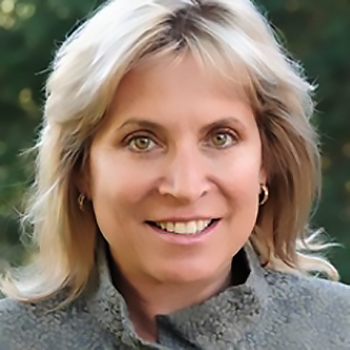
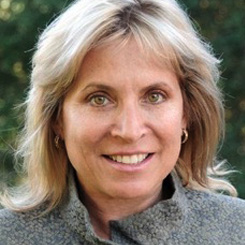 The National Rural ACO pools knowledge, patients, and resources so that independent community health systems can participate in new population healthbased reimbursement models. Lynn Barr, MPH, Chief Transformation Officer, spoke with a member of the CAMH team on July 28th
The National Rural ACO pools knowledge, patients, and resources so that independent community health systems can participate in new population healthbased reimbursement models. Lynn Barr, MPH, Chief Transformation Officer, spoke with a member of the CAMH team on July 28th
Barr: We focus only on rural communities. Though 20% of Medicare beneficiaries get care in rural America, these health systems are far behind in population health management. Many have not done care coordination, performance measurement, etc. Our goal is to help them make improvements in quality and cost. For example, their aggregate quality scores in 2014 were 60%. We want to get to 70-75% in year two and 80-90% in year three. We also aim to reduce costs by 10% within the first three-year cycle. For 2016, we’re putting in applications to CMS for 26 rural ACOs with 179 health systems in 32 states. Our biggest goal is getting people started on the journey of population health management. We are very excited about that.
Our first step is to set up care coordination in each community. Every member hires a care coordinator. This is great for the patients, and it helps lower costs and improve quality. Second, we add annual wellness visits. A provider can hit 11 quality scores in an annual visit. About 50% of our members haven’t been doing annual wellness visits. It’s a billing issue. In other feefor-service clinics, when a patient comes in for a regular visit, the provider can also do the wellness visit and bill for both. Rural providers and Federally Qualified Health Centers aren’t allowed to bill separately. That’s a huge disincentive. The third component is reducing Emergency Department (ED) utilization. Rural beneficiaries use the ED for primary care because rural providers aren’t available 24/7. Fifty percent of rural ED visits are for primary care. Total ED utilization per beneficiary is 20% higher than the national average. We want to bring that down significantly. Another component is analytics. We provide data to support the other three components. It makes a big difference. For example, we found that the cost of home health in one of our ACOs is $1000 per month, while the national average is just $300. There is a great opportunity to make a difference.
Barr: All our members are “community health systems.” Typically there is one hospital with a group of affiliated physicians. Our goal is to take that delivery network and integrate it with others to improve performance and coordinate care.
Barr: Rural providers are very diverse. Our hospitals range from 4 to 250 beds. Our communities have anywhere from 175 to 8,000 attributed patients, with the average being about 1,000 attributed lives.
Barr: One of the biggest differences is size. Almost all of these health systems don’t have the minimum 5000 attributed beneficiaries, which is why we need to combine them. They have extremely limited capital; lack of funding is a huge barrier. They also have very little IT infrastructure, so we have to provide it for them. Almost all have electronic health records. Rural providers are right up with rest of country for EHR adoption, but their EHRs are very simple. We use the Lightbeam Health population management system to pull all their claims data together with their clinical data. Data is critical. We get it to them quickly and show them how to use it. Their care coordination program is built around claims data.
Barr: Yes, they are very different from urban ACOs. The top rural health system concerns are building relationships with patients and building secondary and tertiary networks. They have few or no networks and highly fragmented care. For example, the 175 patients in our smallest community with were seen in 75 different Part A facilities in the last 2 years. Our focus is around engaging the community and, as a result, improving cost and quality. Urban ACO communities are huge. You can’t really understand the concept of community until you live and work in a rural hospital. Everyone shows up for a hospital board meeting and cares about their providers. In small communities, patients have deep relationships with their providers. We can succeed and thrive by serving their needs.
Urban ACOs don’t focus on community per se, because the ACO is just one of many players in town. Their patients change providers more often, so they focus on services they deliver and how to maximize cost and quality improvements. Our biggest advantage is that the patient population tends to be more stable. They may go other places for care, but they tend to come back home. For example, if we do a good job on colorectal screening, we can wipe out colorectal cancer in our town. That is very satisfying.
Also, our approach wouldn’t work so well in urban settings where there is competition. There isn’t competition among our rural health systems, so it is easier to build collaboration.
On the other hand, we are similar to urban ACOs, insofar as this is a lot of hard work for everyone.
Barr: Our first ACO started in the 2014 performance year. By end of the first year, it had reduced utilization in every category except physician visits. It is too early to tell for the others. We only have 90 days of data so far, but there are some promising trends.
Barr: We changed the program quite a bit after the first year. We initially thought start up would be simpler. It takes a lot more interaction than we had assumed. We had to increase staffing to work more closely with each partner.
It is more labor intensive, but rewarding. We really appreciate the support we are getting from the CMS Center for Medicare and Medicaid Innovation. We feel that they are committed to helping rural providers and to our success. ¤


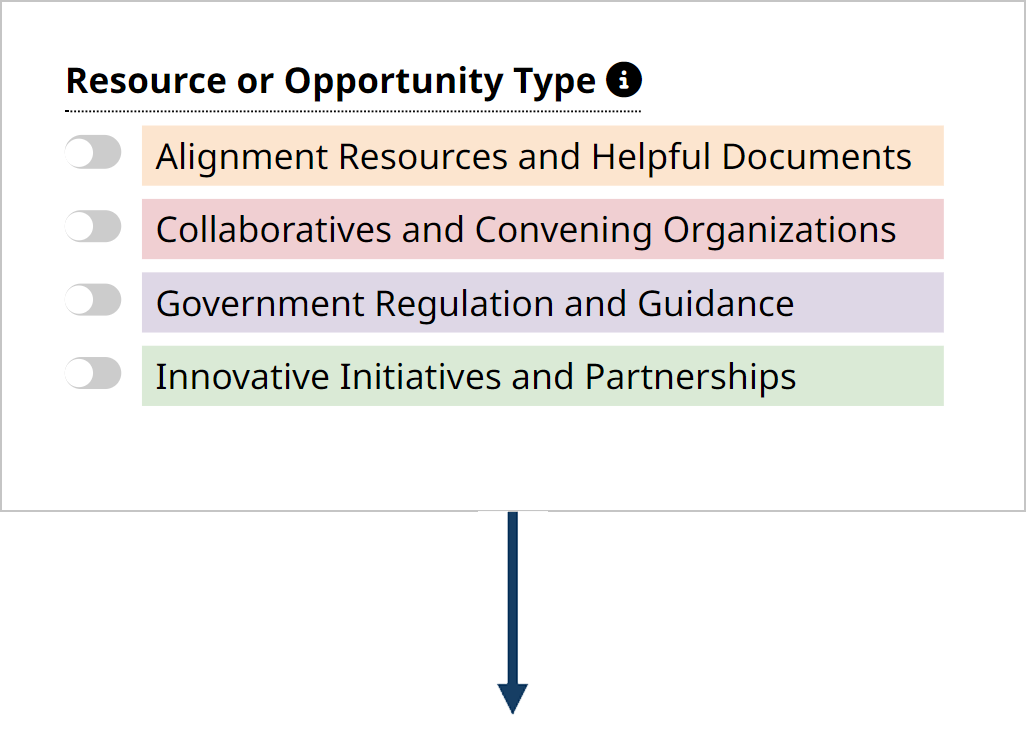
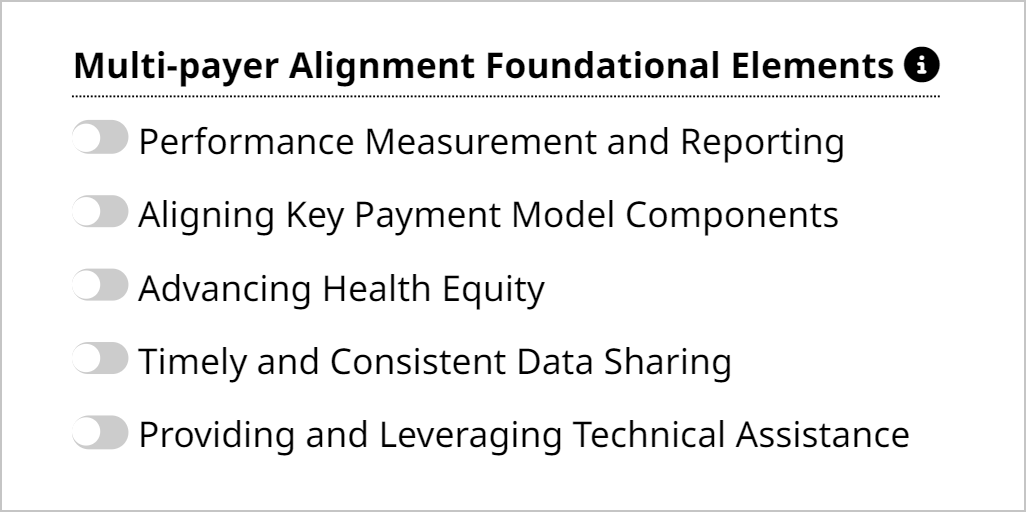









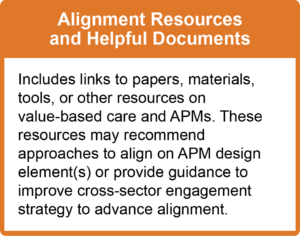
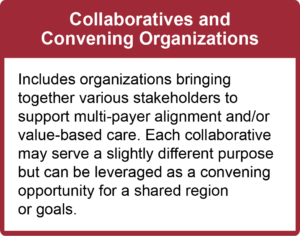







 Emily DuHamel Brower, M.B.A., is senior vice president of clinical integration and physician services for Trinity Health. Emphasizing clinical integration and payment model transformation, Ms. Brower provides strategic direction related to the evolving accountable healthcare environment with strong results. Her team is currently accountable for $10.4B of medical expense for 1.6M lives in Medicare Accountable Care Organizations (ACOs), Medicare Advantage, and Medicaid and Commercial Alternative Payment Models.
Emily DuHamel Brower, M.B.A., is senior vice president of clinical integration and physician services for Trinity Health. Emphasizing clinical integration and payment model transformation, Ms. Brower provides strategic direction related to the evolving accountable healthcare environment with strong results. Her team is currently accountable for $10.4B of medical expense for 1.6M lives in Medicare Accountable Care Organizations (ACOs), Medicare Advantage, and Medicaid and Commercial Alternative Payment Models. Mr. James Sinkoff is the Deputy Executive Officer and Chief Financial Officer for Sun River Health (formerly known as Hudson River HealthCare), and the Chief Executive Officer of Solutions 4 Community Health (S4CH); an MSO serving FQHCs and private physician practices.
Mr. James Sinkoff is the Deputy Executive Officer and Chief Financial Officer for Sun River Health (formerly known as Hudson River HealthCare), and the Chief Executive Officer of Solutions 4 Community Health (S4CH); an MSO serving FQHCs and private physician practices. Victor is the Chief Medical Officer for TennCare, Tennessee’s Medicaid Agency. At TennCare, Victor leads the medical office to ensure quality and effective delivery of medical, pharmacy, and dental services to its members. He also leads TennCare’s opioid epidemic strategy, social determinants of health, and practice transformation initiatives across the agency. Prior to joining TennCare, Victor worked at Evolent Health supporting value-based population health care delivery. In 2013, Victor served as a White House Fellow to the Secretary of Health and Human Services. Victor completed his Internal Medicine Residency at Emory University still practices clinically as an internist in the Veteran’s Affairs Health System.
Victor is the Chief Medical Officer for TennCare, Tennessee’s Medicaid Agency. At TennCare, Victor leads the medical office to ensure quality and effective delivery of medical, pharmacy, and dental services to its members. He also leads TennCare’s opioid epidemic strategy, social determinants of health, and practice transformation initiatives across the agency. Prior to joining TennCare, Victor worked at Evolent Health supporting value-based population health care delivery. In 2013, Victor served as a White House Fellow to the Secretary of Health and Human Services. Victor completed his Internal Medicine Residency at Emory University still practices clinically as an internist in the Veteran’s Affairs Health System. Dr. Brandon G. Wilson, DrPH, MHA (he, him, his) joined Community Catalyst as the Director of the Center for Consumer Engagement in Health Innovation, where he leads the Center in bringing the community’s experience to the forefront of health systems transformation and health reform efforts, in order to deliver better care, better value and better health for every community, particularly vulnerable and historically underserved populations. The Center works directly with community advocates around the country to increase the skills and power they have to establish an effective voice at all levels of the health care system. The Center collaborates with innovative health plans, hospitals and providers to incorporate communities and their lived experience into the design of systems of care. The Center also works with state and federal policymakers to spur change that makes the health system more responsive to communities. And it provides consulting services to health plans, provider groups and other health care organizations to help them create meaningful structures for engagement with their communities.
Dr. Brandon G. Wilson, DrPH, MHA (he, him, his) joined Community Catalyst as the Director of the Center for Consumer Engagement in Health Innovation, where he leads the Center in bringing the community’s experience to the forefront of health systems transformation and health reform efforts, in order to deliver better care, better value and better health for every community, particularly vulnerable and historically underserved populations. The Center works directly with community advocates around the country to increase the skills and power they have to establish an effective voice at all levels of the health care system. The Center collaborates with innovative health plans, hospitals and providers to incorporate communities and their lived experience into the design of systems of care. The Center also works with state and federal policymakers to spur change that makes the health system more responsive to communities. And it provides consulting services to health plans, provider groups and other health care organizations to help them create meaningful structures for engagement with their communities. Tamara Ward is the SVP of Insurance Business Operations at Oscar Health, where she leads the National Network Contracting Strategy and Market Expansion & Readiness. Prior to Oscar she served as VP of Managed Care & Network Operations at TriHealth in Southwest Ohio. With over 15 years of progressive health care experience, she has been instrumental driving collaborative payer provider strategies, improving insurance operations, and building high value networks through her various roles with UHC and other large provider health systems. Her breadth and depth of experience and interest-based approach has allowed her to have success solving some of the most complex issues our industry faces today. Tam is passionate about driving change for marginalized communities, developing Oscar’s Culturally Competent Care Program- reducing healthcare disparities and improving access for the underserved population. Tamara holds a B.A. from the University of Cincinnati’s and M.B.A from Miami University.
Tamara Ward is the SVP of Insurance Business Operations at Oscar Health, where she leads the National Network Contracting Strategy and Market Expansion & Readiness. Prior to Oscar she served as VP of Managed Care & Network Operations at TriHealth in Southwest Ohio. With over 15 years of progressive health care experience, she has been instrumental driving collaborative payer provider strategies, improving insurance operations, and building high value networks through her various roles with UHC and other large provider health systems. Her breadth and depth of experience and interest-based approach has allowed her to have success solving some of the most complex issues our industry faces today. Tam is passionate about driving change for marginalized communities, developing Oscar’s Culturally Competent Care Program- reducing healthcare disparities and improving access for the underserved population. Tamara holds a B.A. from the University of Cincinnati’s and M.B.A from Miami University.


 Dr. Peter Walsh joined the Colorado Department of Health Care Policy and Financing as the Chief Medical Officer on December 1, 2020. Prior to joining HCPF, Dr. Walsh served as a Hospital Field Representative/Surveyor at the Joint Commission, headquartered in Oakbrook Terrace, Illinois.
Dr. Peter Walsh joined the Colorado Department of Health Care Policy and Financing as the Chief Medical Officer on December 1, 2020. Prior to joining HCPF, Dr. Walsh served as a Hospital Field Representative/Surveyor at the Joint Commission, headquartered in Oakbrook Terrace, Illinois.








